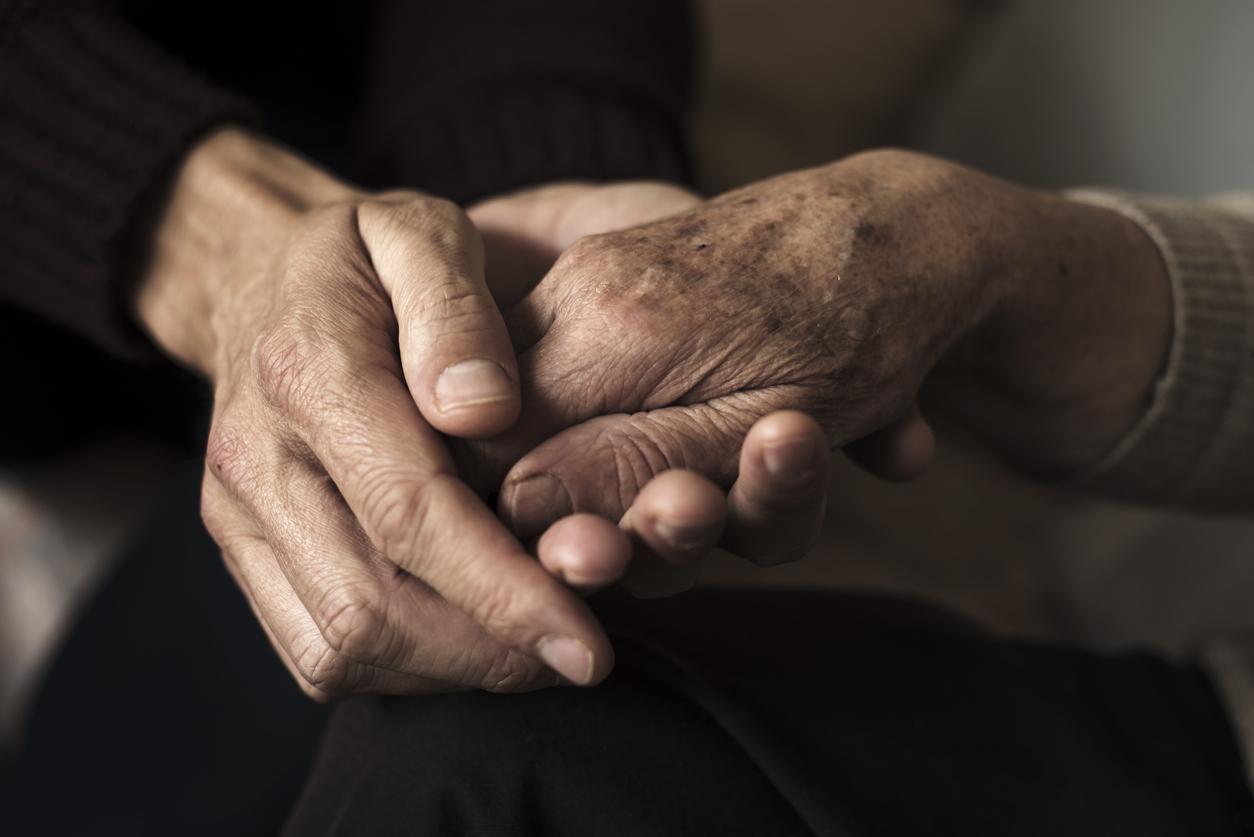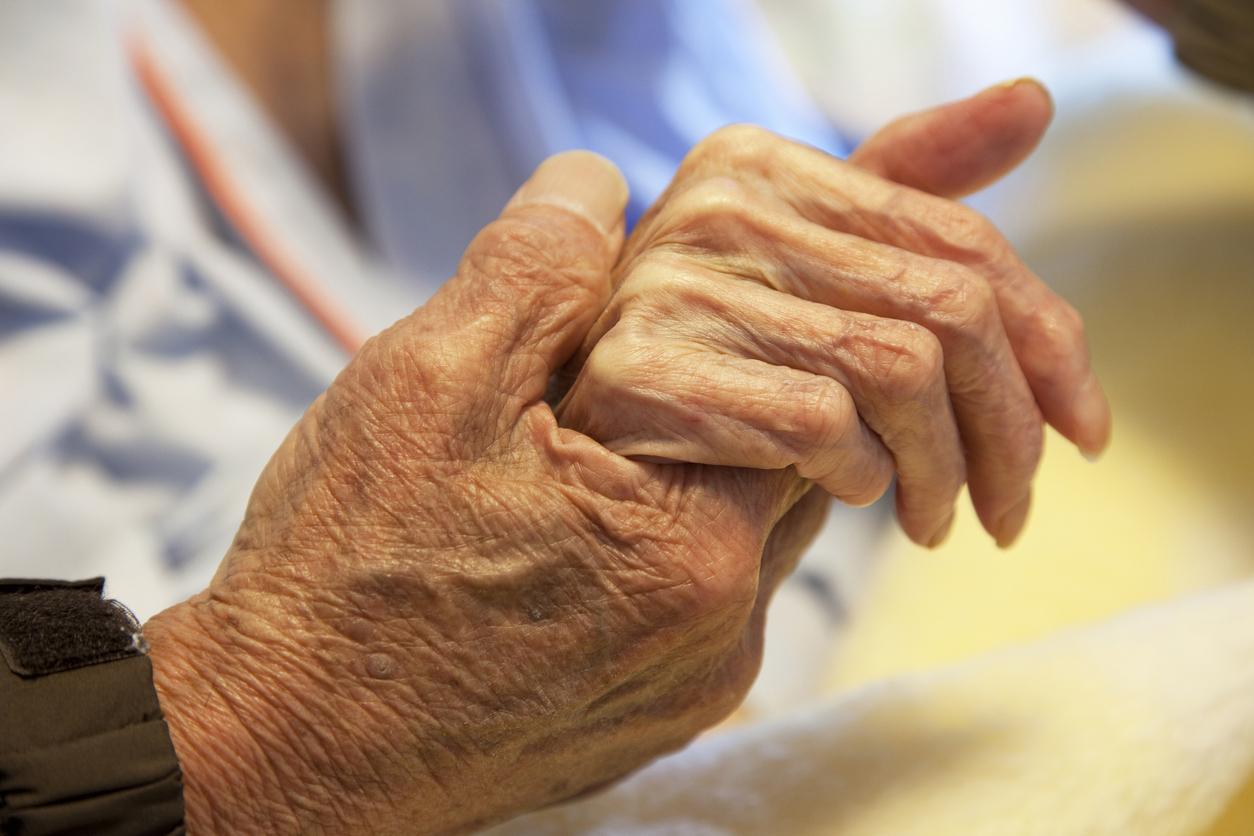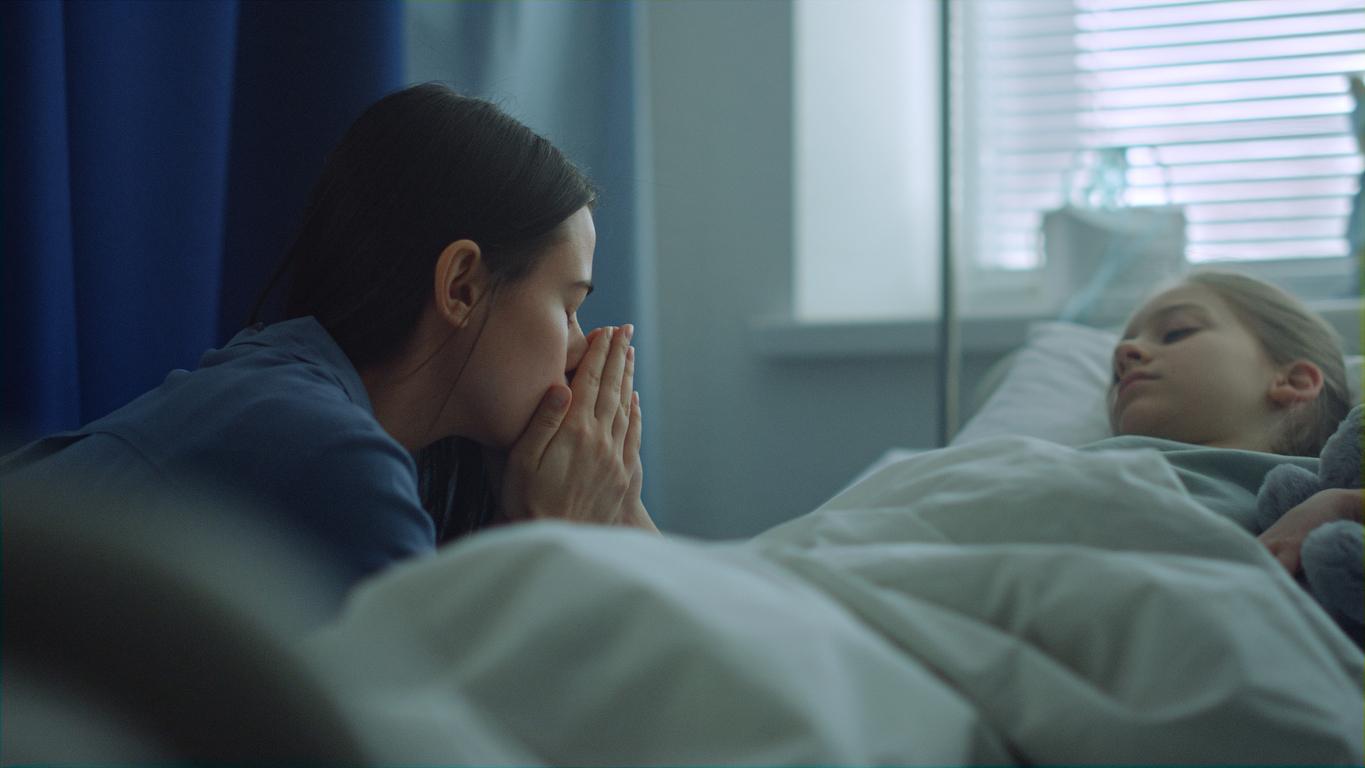A new death due to meningococcal B meningitis has just been recorded in the Provence Alpes-Côte d’Azur region. The 16-year-old Fréjusien who had been hospitalized since the end of February has indeed died. This brings to 5 the number of victims of lightning meningitis since February: four in the PACA region and one in Moselle. But doctors refuse to talk about an epidemic because analyzes have shown that the strains of the virus or serogroups contracted by these different people are indeed distinct. The fact that four of the deaths were recorded in the PACA region is pure coincidence.
Meningococcal meningitis: why it affects teens
Meningitis is an infection of the meninges, the membranes that surround the brain. Some forms of meningitis are caused by bacteria, others by viruses or fungi. Among bacterial meningitis, meningococcal meningococcal disease require special prevention measures because they are transmitted by coughing or sneezing, during contact within a meter and for more than an hour.
This transmission is therefore particularly active among high school pupils and students who spend a lot of time in groups and who frequent closed places with a high concentration of individuals such as bars or nightclubs.
Meningitis: the signs that should alert
If your teen has a high fever that is not well tolerated (he is depressed, feels bad) or has small red or purplish spots on the skin that do not fade when you press them, contact urgently on 15 or your doctor. .
Even after a first medical opinion, watch the patient (including at night) and do not hesitate to consult again urgently, in case of worsening or the appearance of new signs. Serious meningococcal infections can start gradually and be difficult for a doctor to diagnose.
















